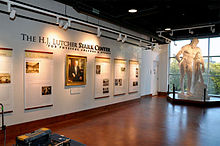
Benjamin Weider, was a Canadian soldier, author, historian, fitness proponent, benefactor of the arts, and entrepreneur. He co-founded the International Federation of BodyBuilders (IFBB) alongside his brother Joe Weider. The Weiders also founded many successful businesses including gyms, nutritional supplements and magazines such as Muscle & Fitness.
Physical culture, also known as body culture, is a health and strength training movement that originated during the 19th century in Germany, the UK and the US.

Joseph Weider was a Canadian bodybuilder and entrepreneur who co-founded the International Federation of BodyBuilders (IFBB) alongside his brother Ben Weider. He was also the creator of Mr. Olympia, Ms. Olympia, and the Masters Olympia bodybuilding contests. He was the publisher of various bodybuilding and fitness-related magazines, most notably Muscle & Fitness, Flex, Men's Fitness, and Shape, and the manufacturer of a line of fitness equipment and fitness supplements.
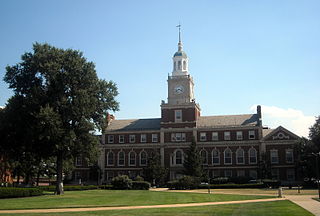
The Moorland–Spingarn Research Center (MSRC) in Washington, D.C., is located on the campus of Howard University on the first and ground floors of Founders Library. The MSRC is recognized as one of the world's largest and most comprehensive repositories for the documentation of the history and culture of people of African descent in Africa, the Americas, and other parts of the world. As one of Howard University's major research facilities, the MSRC collects, preserves, organizes and makes available for research a wide range of resources chronicling the Black experience. Thus, it maintains a tradition of service which dates to the formative years of Howard University, when materials related to Africa and African Americans were first acquired.

The Texas A&M University Libraries support the teaching, research, and outreach missions of Texas A&M University through leadership in acquiring, managing, and delivering information in an environment that fosters learning and inquiry. In particular, Texas A&M is nationally and internationally recognized for many research collections, including:

The John Hay Library is the second oldest library on the campus of Brown University in Providence, Rhode Island, United States. It is located on Prospect Street opposite the Van Wickle Gates. After its construction in 1910, the Hay Library became the main library building on campus, replacing the building now known as Robinson Hall. Today, the John Hay Library is one of five individual libraries that make up the University Library. The Hay houses the University Library's rare books and manuscripts, the University Archives, and the Library's special collections.
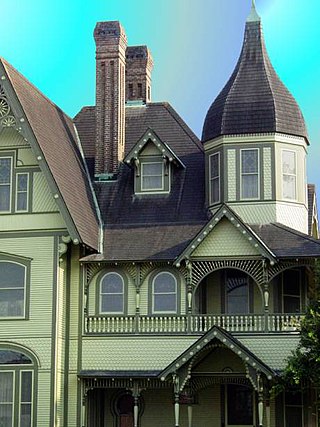
The W.H. Stark House is a fully restored, 14,000-square-foot (1,300 m2) Victorian home located on the corner between Green Avenue and Sixth Street in Orange, Texas.
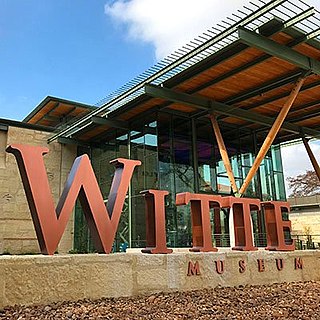
The Witte Museum was established in 1926 and is located in Brackenridge Park in San Antonio, Texas. It is dedicated to telling the stories of Texas, from prehistory to the present. The permanent collection features historic artifacts and photographs, Texas art, textiles, dinosaur bones, cave drawings, and Texas wildlife dioramas, in addition to nationally acclaimed traveling exhibits. Artwork in the collection includes sculpture by San Antonio-born Bonnie MacLeary.
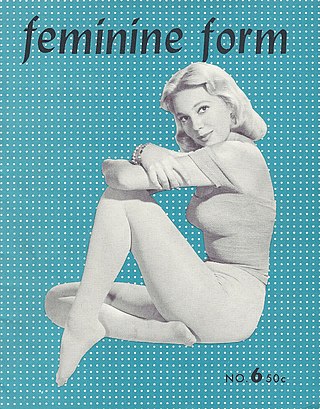
Betty Brosmer, later known by her married name Betty Weider, is an American former bodybuilder and physical fitness expert. During the 1950s, she was a popular commercial model and pin-up girl.

Terry Todd was an American powerlifter, and Olympic weightlifter. Todd was co-founder of the H.J. Lutcher Stark Center for Physical Culture and Sports, co-editor of Iron Game History: The Journal of Physical Culture, and creator and event director of the Arnold Strongman Classic.

Clarence Bass is an American writer, fitness expert, and retired lawyer. He is best known for his book and DVD series Ripped, which chronicle his fitness, including becoming a past-40 bodybuilding champion. Bass was a writer for Muscle & Fitness where he had a question and answer column. He has continued to write, documenting his fitness over a span of approximately 60 years in various books that he has released since 1980. He is featured in the books Second Wind and Legends of the Iron Game. In the June 2017 issue of Men's Health, Bass was named "one of America’s greatest fitness visionaries."

Janice Todd is a Professor and Interim Department Chair in the Department of Kinesiology and Health Education at The University of Texas at Austin. Todd is a member of the Sport Management faculty, and teaches classes in sport history, sport philosophy, and sport and ethics. An active lecturer, Todd was named the Seward Staley Honor Lecturer for the North American Society for Sport History in 2008.

Siegmund Klein was a German-American strongman, bodybuilder, magazine publisher, and gymnasium owner prominent in physical culture. He was inducted into the IFBB Hall of Fame in 2006.
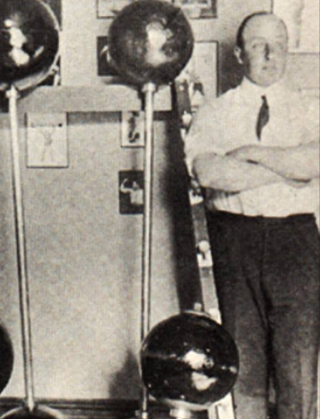
Alan Calvert was an American weightlifter, businessman, magazine publisher, and the author of several books. He was the founder of one of the first barbell companies in the world and one of the first strength-training magazines in the United States.

Harry Paschall was an American weightlifter, magazine editor, cartoonist and the author of books. He was a cartoonist for Strength & Health and eventually its managing editor.
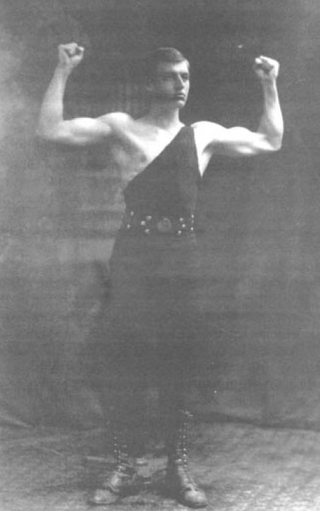
Ottley Russell Coulter was an American strongman, circus performer, weightlifter and police officer. He was a co-founder of the American Continental Weightlifting Association, and the author of a book about strength athletics.

For the cricketer, see George Jowett.

Ludwig Durlacher, also known as Louis Attila, was a German-American strongman, gym owner and personal trainer. He trained members of European royal families and American high society as well as athletes like Eugen Sandow and James J. Corbett. He was "one of the first 'personal trainers' for the rich and famous".
The International Sports Hall of Fame (ISHOF) is a section 501(c)(3) non-profit organization established in 2012 by Dr. Robert M. Goldman to honor exceptional athletes and sporting figures for their accomplishments and dedication to furthering the fields of sports and physical culture.

Jesse Mercer Gehman was an American naturopath, vegetarianism activist and amateur wrestler associated with the natural hygiene and physical culture movement.
